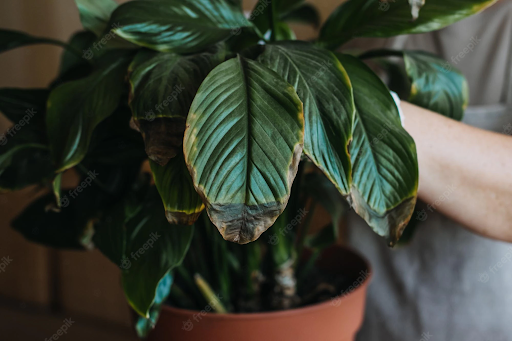Indoor plants can be a great addition to any home or office, as they can help purify the air, reduce stress, and add a touch of freshness to your space. Their elegance and aestheticism are the reason why Melbourne indoor plants are in a huge trend. However, taking care of indoor plants can be intimidating if you’re new to it, so here are some basic tips to help you get started.
Different Tips to Follow When Caring For Indoor Plants
- Choose the right plant: Consider the size and light conditions of the space where you want to put the plant, as well as your own level of experience and time commitment. Some easy-to-care-for options include snake plants, pothos, and spider plants.
- Provide the right amount of light: Different plants have different light requirements, so be sure to research your plant’s specific needs. In general, most indoor plants do well in bright, indirect light. Avoid placing your indoor plants in the scorching sunlight; this may lead to the leaves fading or burning.
- Water your plants properly: Overwatering is a common cause of plant death; therefore, ensure the amount and frequency of watering your plants. As a general rule, let the soil dry out slightly between waterings and avoid letting the plant sit in standing water.
- Fertilise sparingly: Most indoor plants don’t need a lot of fertilisation, especially during the winter months when they are dormant. When you do fertilize, be sure to use a balanced fertiliser and follow the instructions on the label.
- Pay attention to the plant’s appearance: Keep an eye on your plant’s leaves, as they can give you clues about its overall health. Yellowing leaves can indicate over- or under-watering, while brown or crispy leaves may indicate too much direct sunlight.
Here are a few tips for decorating with indoor plants:
- Group plants together: Placing several plants together can create a lush, cohesive look. Choose plants from a plant nursery with similar light and watering needs and group them in a decorative planter or container.
- Hang plants from the ceiling: If you have limited floor space, consider using macramé hangers or other types of plant holders to hang plants from the ceiling. This can add visual interest and bring a touch of nature to high spaces.
- Use plants to fill empty corners: Tall, narrow plants like snake plants or fiddle leaf figs can be a great way to fill empty corners and add vertical interest to a room.
- Incorporate plants into your decor: Consider integrating plants into your existing decor by choosing pots and planters that complement your style. You can also use plants to add pops of color to a room by choosing pots in bold hues or planting colorful flowers.
- Mix and match: Don’t be afraid to mix and match different types and sizes of plants to create a visually interesting display. Just be sure to pay attention to the care requirements of each plant to ensure they all thrive.
To conclude, indoor plants can be a great addition to any home or office, as they can help purify the air, reduce stress, and add a touch of nature to your space. When caring for indoor plants, choose the right Melbourne indoor plants for your space and care for them properly by providing the right amount of light, water, and fertilization. In terms of decorating with indoor plants, there are many options to choose from, including grouping plants together, hanging them from the ceiling, filling empty corners, incorporating them into your decor, and mixing and matching different types and sizes of plants. With a little care and attention, indoor plants can bring beauty and life to your space.
